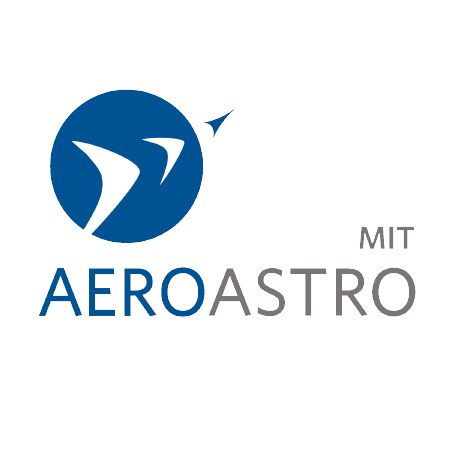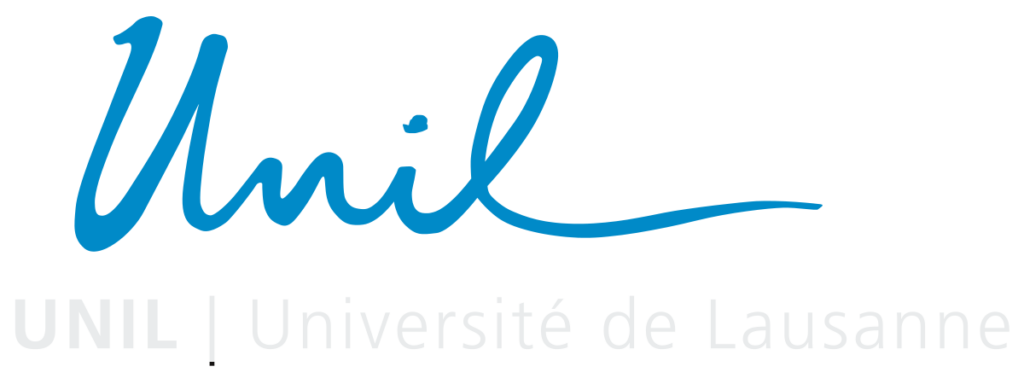Our analogue astronauts will be very busy during the mission! As in a real space mission, they will have maintenance and outreach to do, but also scientific experiments to perform. Asclepios collaborates with many laboratories, companies and scientists who put their systems in our base, so that the astronauts conduct their experiments in situ. The results will hopefully be useful to the scientific community and to space exploration. These experiments can be classified into three main areas: Operations, Human Aspects and Product Testing.
Operations
Testing protocols and experiments to assess adequacy of procedures established in laboratories
Human Aspects
Collecting psychological and physiological data to see how body and mind may affect space missions
Product Testing
Testing systems and products designed to be used in a space mission
Operations
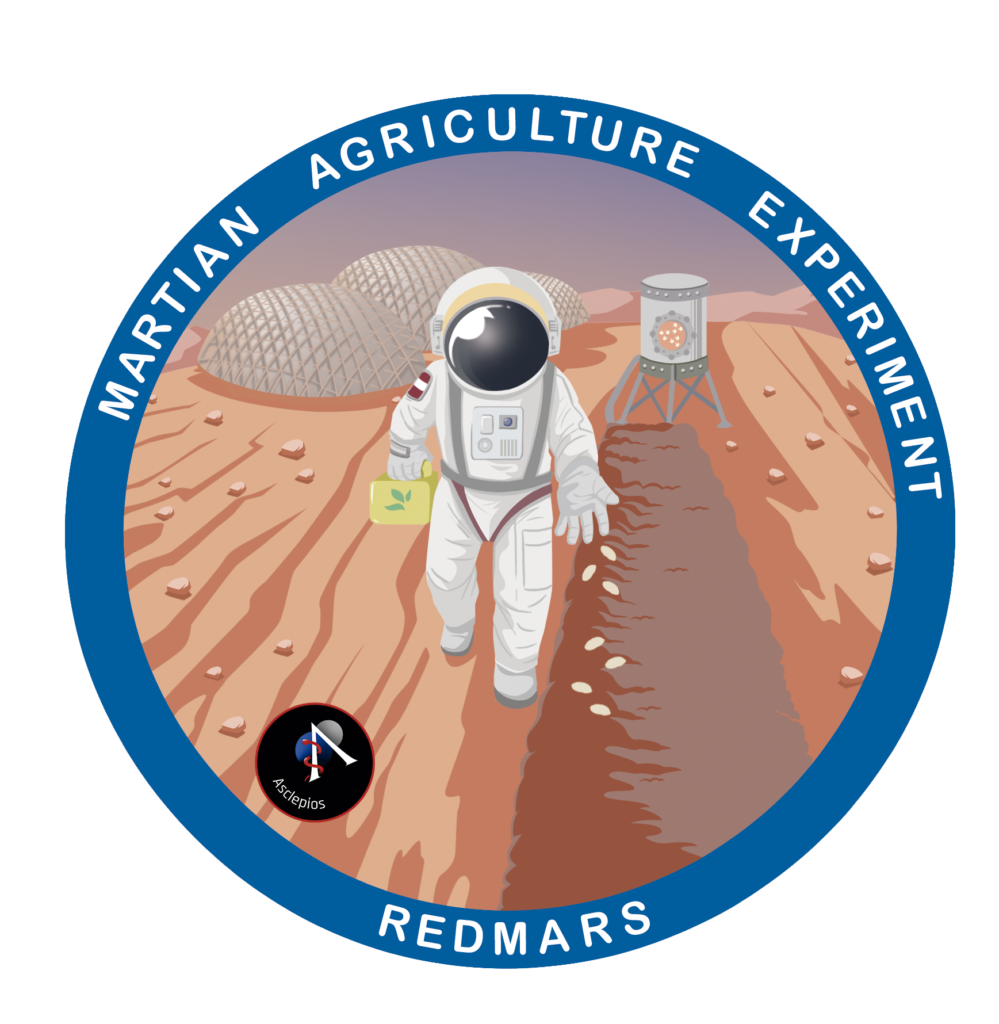
Redmars
Responsible Astronaut: Sophie Lismore
Experiment overview: The experimental process consists in dissolving perchlorate salts from the soil before removing these salts from the water using the ion exchange process. This will enable to re-use the water and make Redmars a close-circuit process.
Partner: Gustavo Jamanca Lino, Unil, Department of Soil Chemistry

MAS
Responsible Astronaut: Manuela Raimbault
Experiment overview: We know that quakes happen on the moon. Thinking about installing a human base there implies taking into account the potential effects of these quakes as they could be a big threat. Therefore the Moonquake Alert System (MAS) aims at developing a detection system coupled with a safety procedure.
Partner : MAS Team, Asclepios
Hydration
Responsible Astronaut: Sebasthian Ogalde
Experiment overview: The analogue astronauts will operate remotely the machine located at MIT, and they will collect data on the efficiency of the drilling and pumping processes, the composition of the layers above the ice. The Hydration team will take part in the NASA Moon to Mars Ice & Prospecting Challenge in 2021.
Partners: Hydration team, AeroAstro department, MIT.

Geophysical Exploration Training
Responsible Astronaut: Willem Suter
Experiment overview: The astronauts will conduct an Extra-Vehicular Activity (EVA) during which they will have to :
(1) Install equipment,
(2) Perform measurements for the ground-penetrating radar and the seismic refraction tomography experiments.
Partner: Cedric Schmelzbach - ETH
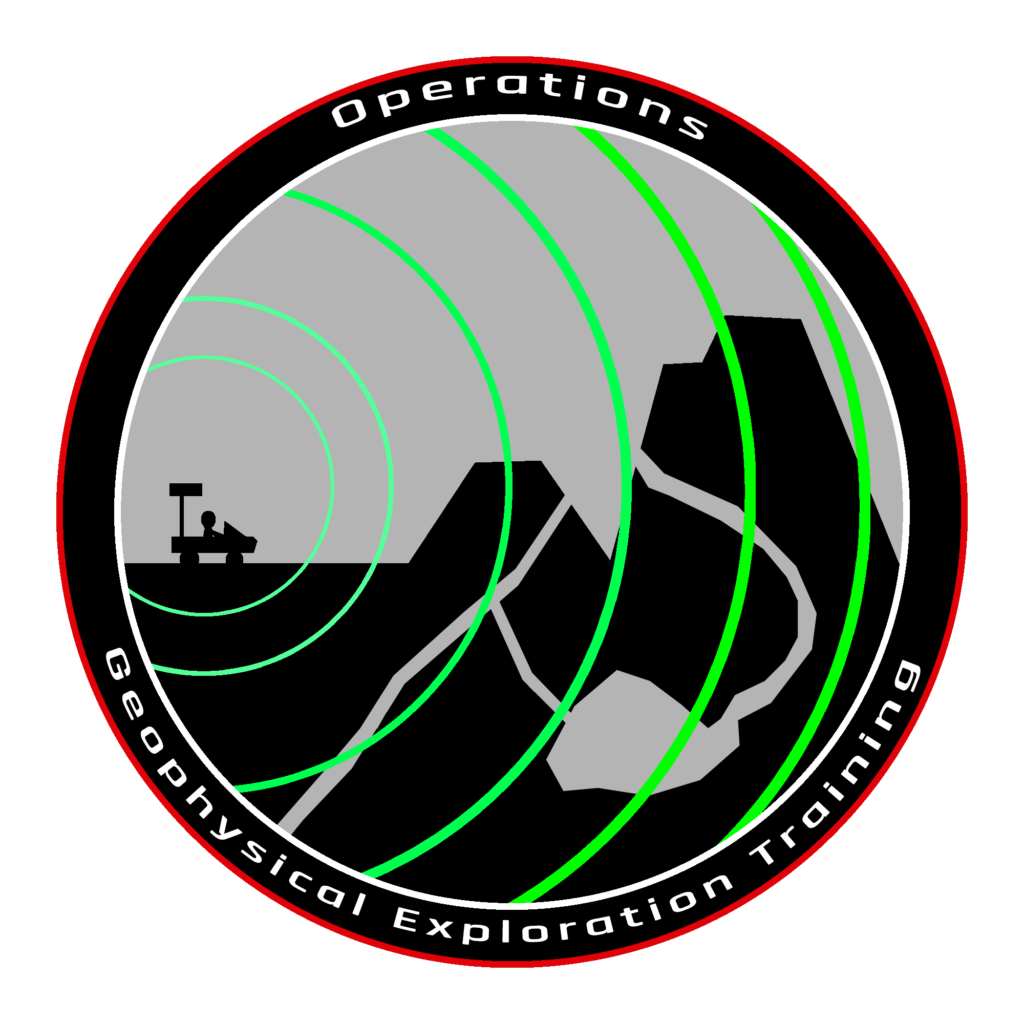
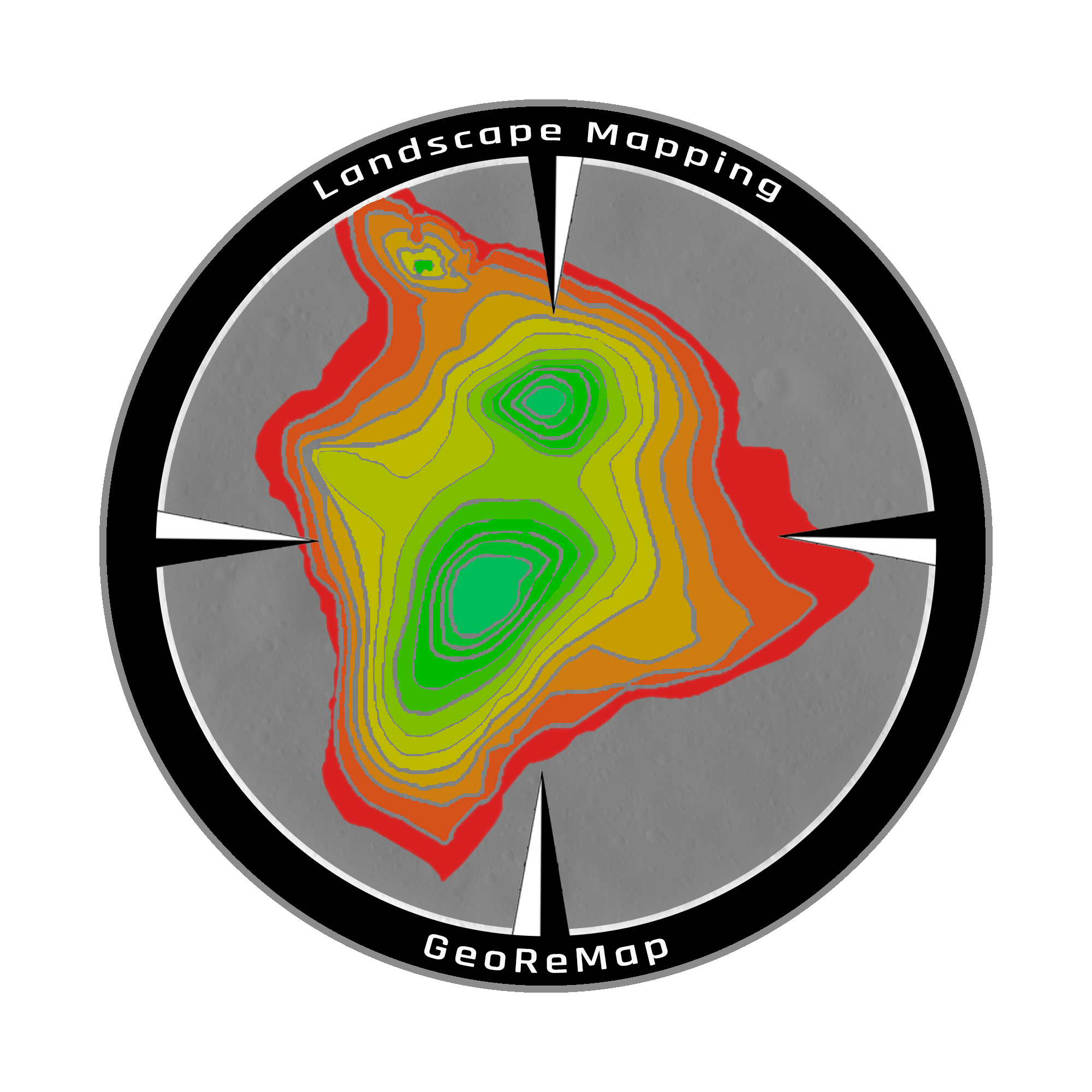
GeoReMap
Responsible Astronaut: Sebasthian Ogalde
Experiment overview: The astronauts will have to conduct an Extra-Vehicular Activity (EVA) during which they will locate some point of interest that will be used to map the area.
Partner: Lukas Powollik - University of Basel
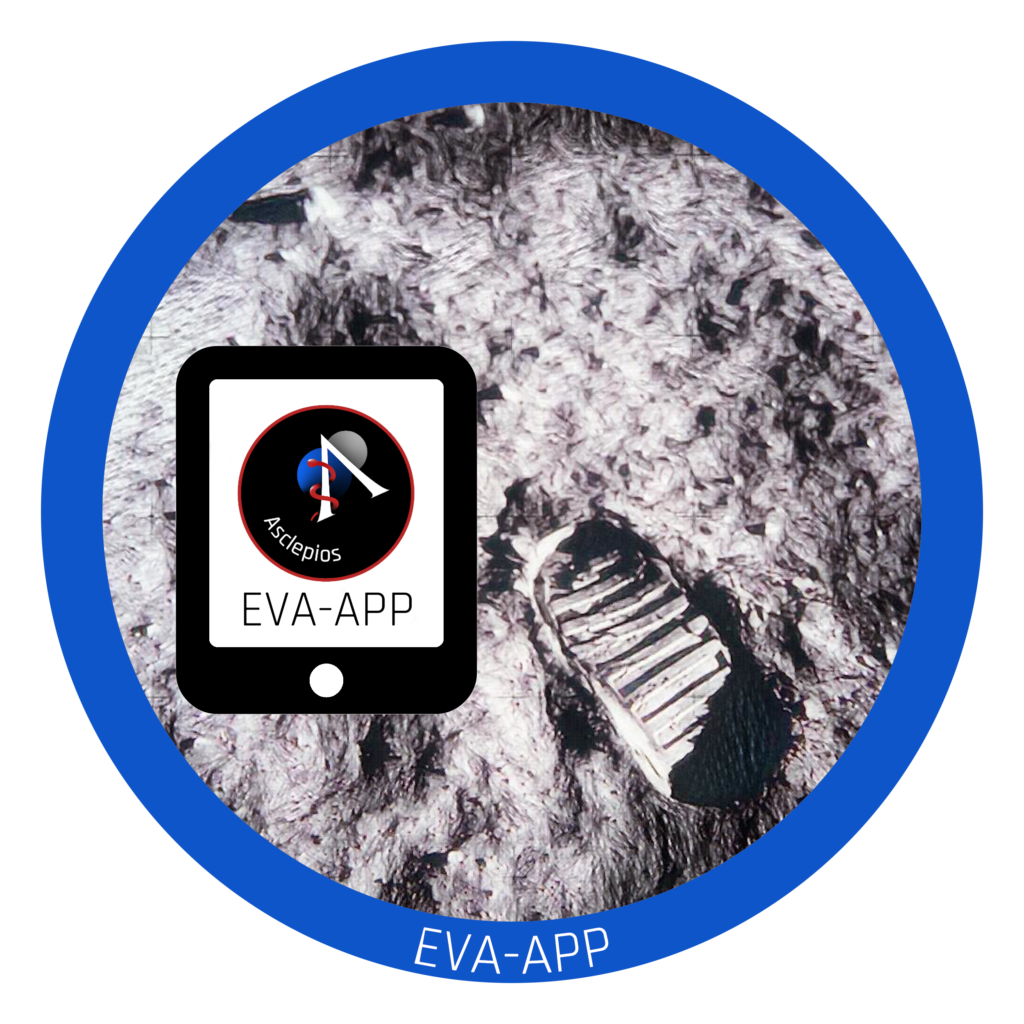
EVA-APP
Responsible Astronaut: Sebasthian Ogalde
Experiment overview: The first iteration of the app will be used during the Georemap Extra-Vehicular Activity (EVA) to collect the localisation of points of interest identified by the astronauts. Later iterations should answer other needs of astronauts during EVAs.
Partner: BlueSAT
Human Aspects
Social Interactions in a Lunar Base
Responsible Astronaut: Whole crew
Experiment overview: This experiment will assess communication and feelings by analysing the astronauts’ reactions during the mission and by conducting a series of interviews following the mission.
Partner: Dr. Kim Lê Van

Psychology - Design Base
Responsible Astronaut: Whole crew
Experiment overview: Several experiments will be conducted during the mission and the astronauts will have to fill a questionnaire about their feelings, level of comfort, etc.
Partner: Ravneet Kaur and Mani Vipul - TU Berlin
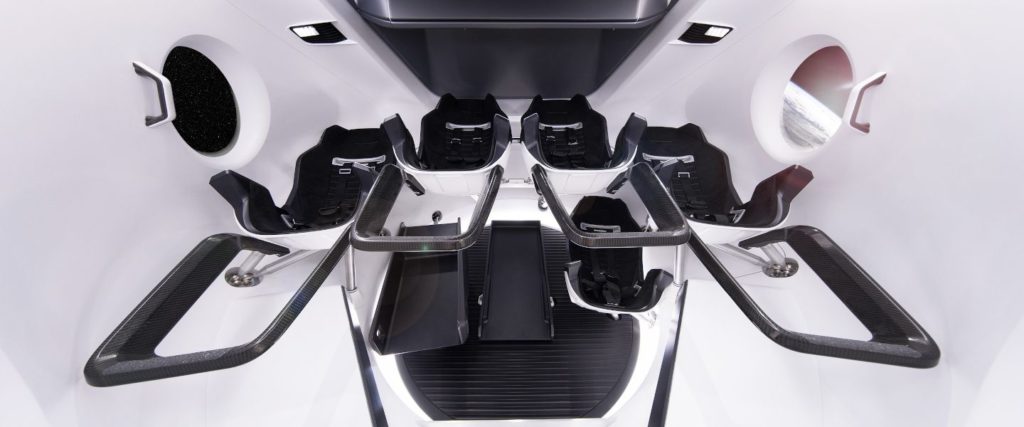
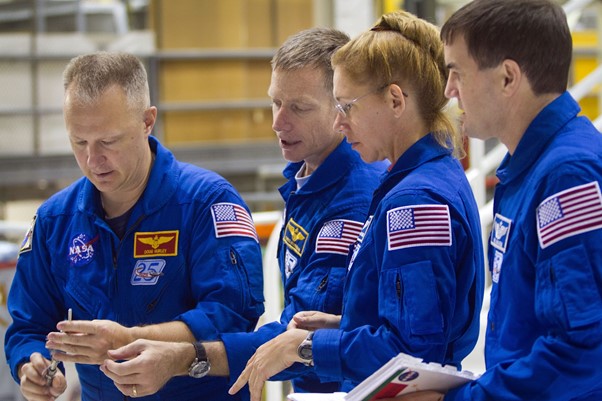
NASA Psychology
Responsible Astronaut: Whole crew
Experiment overview: Astronauts will have to fill questionnaires before, during and after the mission, to collect data that will help validating NASA standard health measures in demanding environments. The outputs will also feed into the NASA Human Research Roadmap used on missions to the moon and Mars.
Partner: Dr. Nathan Smith - University of Manchester
Product Testing

Spacesuits
Responsible Astronaut: Whole crew
Experiment overview: Developed and designed in collaboration with Labeledby to improve the immersive experience of the mission and aid the astronauts in their activities, the Asclepios Space suits serve the purpose of protecting the astronauts from the environment and potential dangers outside the base.
Partners: Labeledby (Netherlands), Asclepios

AstroLink
Responsible Astronaut: Julien Corsin
Experiment overview: The system will be used in the MCC for the storage and access of procedures and flight plans. In subsequent versions of the software, the goal will be to develop a secure platform to transfer research data from the mission to the Principal Investigators working on the different experiments.
Partners: Asclepios, eSpace
Bioplastic
Responsible Astronaut: Eleonore Poli
Experiment overview: The astronauts will produce small samples of bioplastic using the recipes developed by Stella Stylianou. One astronaut will wear a self-healing bioplastic sample to verify if those bioplastics can be used to repair damaged clothes.
Partners: Stella Stylianou
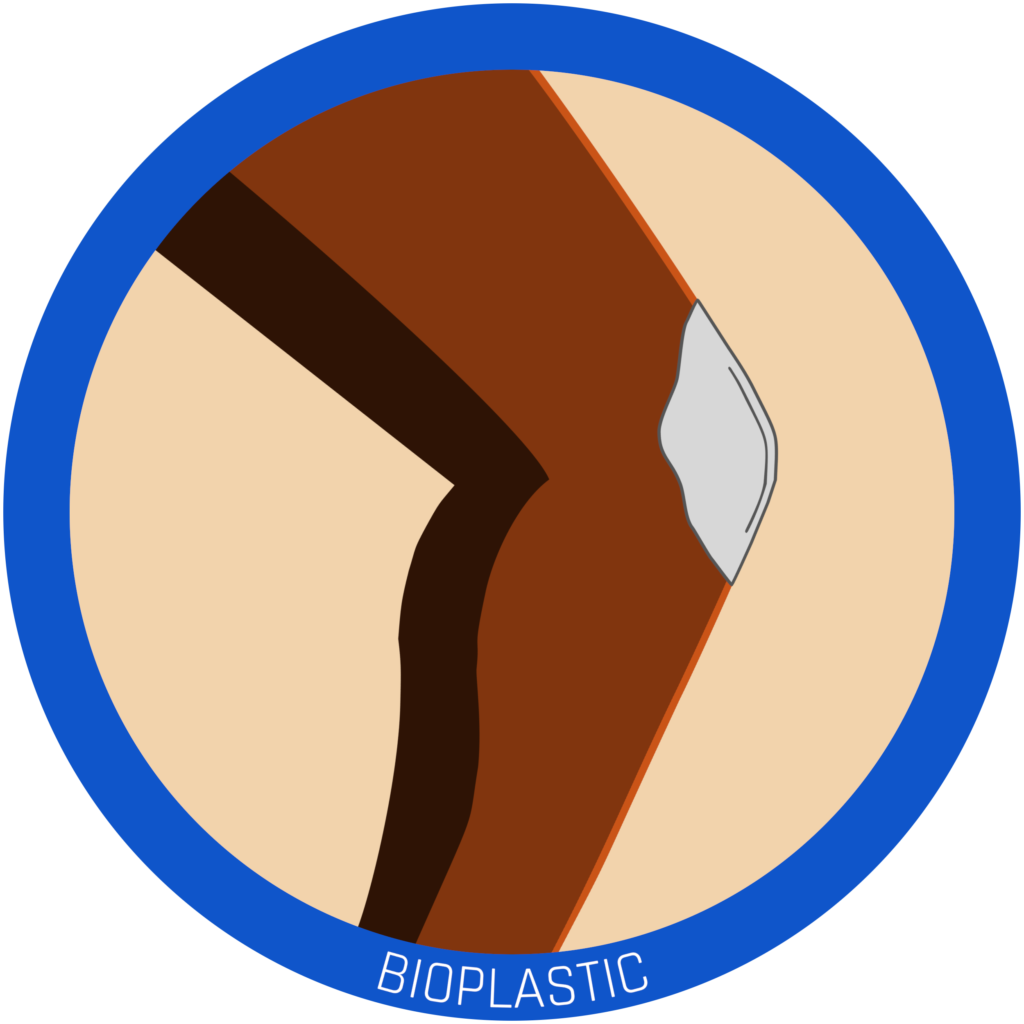
Our analogue astronauts will be very busy during the mission! Just as in a real space mission, they will have maintenance and outreach to do, but also scientific experiments to perform. Asclepios collaborates with many laboratories, companies and scientists who put their systems in our base, so that the astronauts conduct their experiments in situ. The results will hopefully be useful to the scientific community and to space exploration. These experiments can be classified into three main areas: Operations, Human Aspects and Product Testing.
Operations
Testing protocols and experiments to assess adequacy of procedures established in laboratories
Human Aspects
Collecting psychological and physiological data to see how body and mind may affect space missions
Product Testing
Testing systems and products designed to be used in a space mission
Our analogue astronauts will be very busy during the mission! Just as in a real space mission, they will have maintenance and outreach to do, but also scientific experiments to perform. Asclepios collaborates with many laboratories, companies and scientists who put their systems in our base, so that the astronauts conduct their experiments in situ. The results will hopefully be useful to the scientific community and to space exploration. These experiments can be classified into three main areas: Operations, Human Aspects and Product Testing.
In order to have extra details on each experiment, click the corresponding title tile!
Human Aspects
Collecting psychological and physiological data to see how body and mind may affect space missions
Product Testing
Testing systems and products designed to be used in a space mission
Operations

Redmars
Responsible Astronaut: Sophie Lismore
Experiment overview: The experimental process consists in dissolving perchlorate salts from the soil before removing these salts from the water using the ion exchange process. This will enable to re-use the water and make Redmars a close-circuit process.
Partner: Gustavo Jamanca Lino, Unil, Department of Soil Chemistry
MAS
Responsible Astronaut: Manuela Raimbault
Experiment overview: We know that quakes happen on the moon. Thinking about installing a human base there implies taking into account the potential effects of these quakes as they could be a big threat. Therefore the moonquake alert system aims at developing a detection system coupled with a safety procedure.
Partner : MAS Team, Asclepios

Hydration
Responsible Astronaut: Sebasthian Ogalde
Experiment overview: The analogue astronauts will operate remotely the machine located at MIT, and they will collect data on the efficiency of the drilling and pumping processes, the composition of the layers above the ice. The Hydration team will take part in the NASA Moon to Mars Ice & Prospecting Challenge in 2021.
Partners: Hydration team, AeroAstro department, MIT.


Geophysical Exploration Training
Responsible Astronaut: Willem Suter
Experiment overview: The astronauts will conduct an Extra-Vehicular Activity (EVA) during which they will have to :
(1) install equipment,
(2) perform measurements for the ground-penetrating radar and the seismic refraction tomography experiments.
Partner: Cedric Schmelzbach - ETH
GeoReMap
Responsible Astronaut: Sebasthian Ogalde
Experiment overview: The astronauts will have to conduct an Extra-Vehicular Activity (EVA) during which they will locate some point of interest that will be used to map the area.
Partner: Lukas Powollik - University of Basel


EVA-APP
Responsible Astronaut: Sebasthian Ogalde
Experiment overview: The first iteration of the app will be used during the Georemap Extra-Vehicular Activity (EVA) to collect the localisation of points of interest identified by the astronauts. Later iterations should answer other needs of astronauts during EVAs
Partner: BlueSAT
Human Aspects

Psychology - Design Base
Responsible Astronaut: Whole crew
Experiment overview: Several experiments will be conducted during the mission and the astronauts will have to fill a questionnaire about their feelings, level of comfort, etc.
Partner: Ravneet Kaur and Mani Vipul - TU Berlin
Product Testing
AstroLink
Responsible Astronaut: Julien Corsin
Experiment overview: The system will be used in the MCC for the storage and access of procedures and flight plans. In subsequent versions of the software, the goal will be to develop a secure platform to transfer research data from the mission to the Principal Investigators working on the different experiments.
Partners: Asclepios, eSpace


Spacesuits
Responsible Astronaut: Whole crew
Experiment overview: The system will be utilized during Extra-Vehicular Activities (EVAs). The following steps are required:
(1) Donning the spacesuit;
(2) Conducting the planned experiment(s);
(3) Doffing the spacesuit;
(4) Conditionally: Maintenance, cleaning
Partners: Labeledby (Netherlands), Asclepios
Bioplastic
Responsible Astronaut: Eleonore Poli
Experiment overview: The astronauts will produce small samples of bioplastic using the recipes developed by Stella Stylianou. One astronaut will wear a self-healing bioplastic sample to verify if those bioplastics can be used to repair damaged clothes.
Partners: Stella Stylianou


